New Approaches to Energy-saving and Consumption-reduction: The "Dynamic Miniaturization of Engines" Technology Achieves New Changes in Automotive Drive Systems
At present, with the increasingly stringent global fuel economy and environmental protection requirements, automakers must adopt a variety of innovative technologies to meet the imminent energy-saving emission reduction requirements. For traditional automobiles, the use of clean fuels, lightweighting, improving the efficiency of engines and drive systems, and reducing wind resistance are the most effective ways to save energy and reduce emissions, and are also hot spots in the research of technological innovation in the automotive industry. New energy vehicles and aluminum As a result, the car body has become the red of the car industry and has become the focus of attention of car manufacturers. The traditional engine is still the current driving system in the automotive industry. Following the far-reaching turbocharger technology, the industry has been waiting for the introduction of new technologies that effectively increase the efficiency of traditional engines. A few days ago, under the joint efforts of scientists from Delphi and Tula Silicon Valley, a milestone new technology that can improve the performance of traditional automotive powertrain systems - the "dynamic miniaturization of the engine" DSF technology came out, the automotive drive system ushered in new A round of technological innovation has opened up a new direction for improving the traditional engine energy efficiency to meet the consumption reduction policy requirements. Recently, this DSF technology has been fully launched for the Chinese market. Hu Nan, general manager of the Asia-Pacific region of the petrol engine management system at the Delphi Powertrain Department, said in an interview with the Gasgoo reporter: “In the next 30 years, internal combustion engines still dominate the automotive industry. DSF technology is the Delphi powertrain from headquarters to China. Important strategic measures. We hope to vigorously promote DSF technology in the Chinese market to meet the challenges of fuel consumption regulations and help customers develop vehicles that meet the country's new regulatory requirements.†Delphi Powertrain Department General Manager of Gasoline Engine Management System Asia Pacific At present, the number of SUVs in China's auto market accounts for more than 30%, while the engines with more than 1.6L account for more than 60%. Hu always told the Gasgoo reporter: “This is the current status quo of the Chinese auto industry, which shows that consumers like to drive carts and small cars. The power engine has a small market share, and on this basis, DSF is a good solution to meet the more stringent regulatory requirements, which can help the dynamic miniaturization of large-displacement engines.Many consumers like adequate engine power. DSF allows large engines to be dynamically miniaturized, but in fact is a large engine, but with a small engine configuration. Automotive engines can use DSF technology to achieve dynamic miniaturization, which is the core of DSF technology." It is understood that the "Dynamic Small Engine" DSF technology is called Dynamic Skip Fire (DSF) and it is the industry's first fully-variable engine cylinder deactivation technology. DSF can be used not only for large multi-cylinder engines for ignition control. It can also be applied to a 4-cylinder engine. According to the fuel consumption inspection data, under the OEDC cycle in urban and suburban conditions, compared with the traditional cylinder deactivation system, a 4-cylinder engine equipped with a dynamic jump ignition system will save 6% to 8 percent depending on the needs of different driving cycles. The fuel consumption of % significantly increases the fuel economy. At the same time, CO2 emissions can be reduced by at least 50%, and the level of detail is also raised. Unlike traditional cylinder deactivation technology, DSF can achieve dynamic cylinder deactivation. The traditional closed-cylinder technology can't judge the driver's demand in real time, and can't calculate the effective cylinder-reduction amount, and can only realize cylinder deactivation under fixed conditions. DSF technology can understand the needs of vehicles in real time and perform dynamic cylinder deactivation, which is much more efficient than the traditional cylinder deactivation technology. For example, if the torque demand is 20 Nm at low speed, the traditional cylinder deactivation technology will give a power shortage of 10 Nm, or 25 Nm over the actual power demand, and the dynamic cylinder deactivation technology can be calculated accurately. Get the actual torque output demand of the vehicle at this speed, and match the number of cylinders in real time to accurately control the driving power of the vehicle. Each time the ignition, dynamic jump ignition system will determine which cylinder firing in real time, this is a key part of the engine control strategy, so the valve activation, throttle opening and ignition and other aspects of the system optimization. The choice of cylinder deactivation is also based on the premise of avoiding known engine resonance modes and achieving higher detail. The dynamic jump ignition system will make a decision on whether to ignite each cylinder in each cycle, thus exerting the cylinder deactivation technology to the theoretical limit. In the future, the dynamic jump ignition system will also help control the oxygen content of the exhaust gas, thereby preventing the over-operation of the engine after-treatment system, improving the operation of the Miller cycle, promoting the mixing of fuel and air, and even further introducing advanced combustion such as gasoline compression ignition. idea. The dynamic jump ignition system also offers engineers the possibility to optimize combustion strategies. 4-cylinder 1.8-liter Volkswagen Jetta prototype with DSF technology At the Aachen Colloquium held in Germany in October 2016, Delphi and Tula co-presented a 4-cylinder 1.8-liter turbocharged GDi (in-cylinder direct injection technology) with DSF technology. car. The two companies jointly pushed DSF technology to the Chinese market. The reporter test-drives a four-cylinder 1.8-liter VW Jetta equipped with DSF technology. The entire dynamic cylinder deactivation process is very smooth, and almost no cylinder-down action can be felt. Noise reduction and comfort. Two types of components mainly involved in DSF technical work: First, the fuel-saving control valve is a controller of the system; the other is a rocker arm, which is an actuator that realizes a closed cylinder. There are two working states. As shown in the above figure, after the hydraulic pressure enters, the lock pin is opened. When the camshaft rotates, the rocker arm moves freely, and it does not press the valve down, so that the engine is closed to the anus; after the hydraulic pressure is relieved, The spring will reset the locking pin. When the axle rotates, it forms a fulcrum and drives the rocker arm downward. The valve is opened. Through the above process, the closing and opening of the valve can be realized. The DSF calculates the engine torque demand in real time. In an engine cycle, the rocker arm can be dynamically and dynamically closed according to actual demand, so as to achieve better fuel consumption results. The application of dynamic cylinder deactivation DSF technology allows the engine to run more efficiently because the number of working cylinders is reduced, but all the intake air is used. The cylinder ignition operation is performed with the fully open throttle valve, which can improve the combustion efficiency and reduce the pumping loss. . For smaller engines, the challenge for DSF is that if parts of the cylinders are not ignited, there will be fine-grained issues. Delphi and Tula have solved this problem, and DSF is now applicable to all common powertrain system configurations. Delphi DSF technology is aimed at the actual torque in the car. For the technology of engine combustion control, the system structure adopts a modular design and is easy to implement. While meeting the demand for driving power under different working conditions, fuel consumption is greatly reduced, unnecessary CO2 emissions are reduced, and energy saving, emission reduction and consumption reduction can be effectively achieved. In addition, if the dynamic jump ignition system is combined with other Delphi technology, it will bring more benefits, such as the 48V mild hybrid system. In direct-injection engines, the use of the Delphi 48V system itself can reduce CO2 emissions and fuel consumption by more than 10%; if combined with a dynamic jump ignition system, CO2 emissions and fuel consumption will be reduced by 20%. In this regard, Xu Xiangdong, director of engineering for Delphi's powertrain system division in the Asia-Pacific region, told the Gasgoo reporter: “The DSF technology is an innovation and new creation of the traditional internal combustion engine system. If the DSF technology and 48V are combined, the hardware cost will not increase. Through the software, the two systems can be linked and can save three percentage points. For example, if the DSF saves 8%, then 48V plus DSF may save 10%. These are two technologies and products, but they are used together. Can produce a 1+1>2 effect. Because the mainframe's technical route is not the same, we will provide the appropriate solution according to the specific needs of customers." Xu Xiangdong, Director of Engineering, Asia Pacific, Delphi Powertrain System Division The current turbocharged market share is gradually increasing. What is the relationship between DSF and turbocharger? In response, Xu always stated frankly: “Turbocharging mainly increases the power performance of small engines, and DSF dynamic skip ignition technology helps larger engines to achieve dynamic miniaturization when needed. These two technologies are neighbors and the market has a The demand for small-displacement engines also has a demand for large-displacement engines. These two technologies can each meet different market demands and will not replace each other." “At present, OEMs want to make medium-large displacement engines and do SUVs, but their fuel consumption cannot meet the requirements of the current regulations. Host plants face real problems because it is impossible to remove the 2.0 engine from the product sequence. This is The pain point of the current market, we want to solve this pain point." Xu always said, "According to each OEM's product sequence from low to high, which has a lot of high-emission engine with more than 1.6L, we are now helping to solve more than 1.6L This pain point, our goal is to hope that we can have a relatively clear mass production project as soon as the end of this year and early next year can start, and in the end we hope to have domestic DSF technology in China around 2020. Regulatory requirements, 2020 passenger car new car The average fuel consumption is 5 L/100 km. We will cooperate with as many customers as possible before this time in 2020 to jointly meet the challenges." Washing Machine Poly Ribbed V Belt Poly V-Belt,Washing Machine Belt,Poly Belt for Washing Machine,Poly Ribbed V Belt for Washing Machine Zhoushan Aosheng Auto Transmission Belt Manufacturing Co., Ltd. , https://www.aoshengbelt.com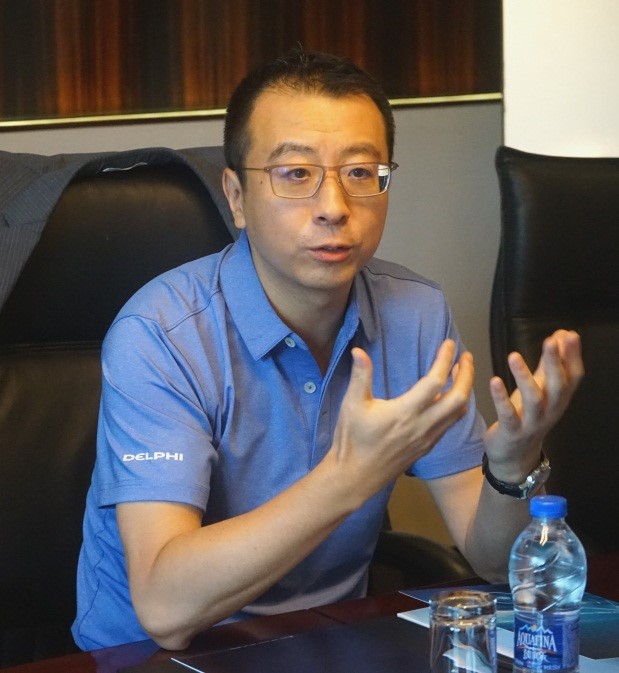
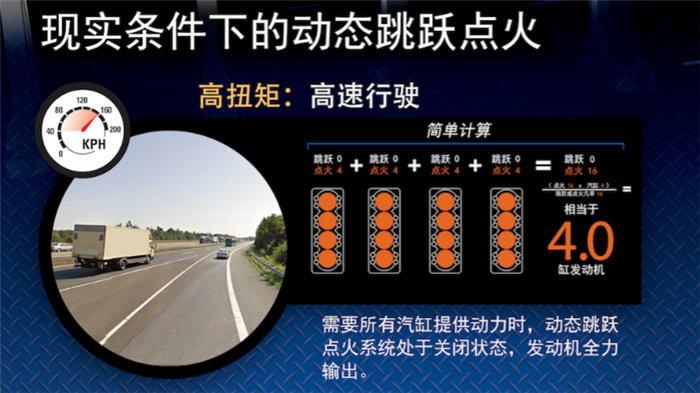
![]()
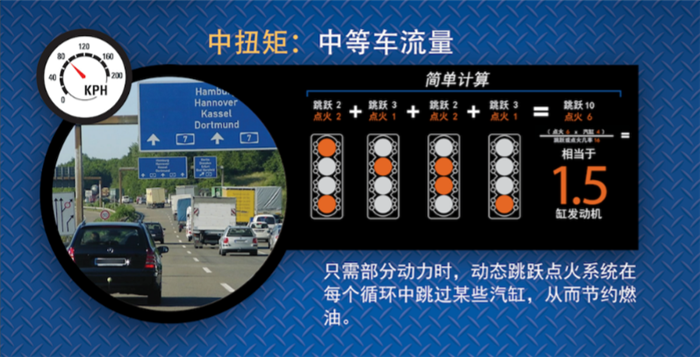
![]()

![]()
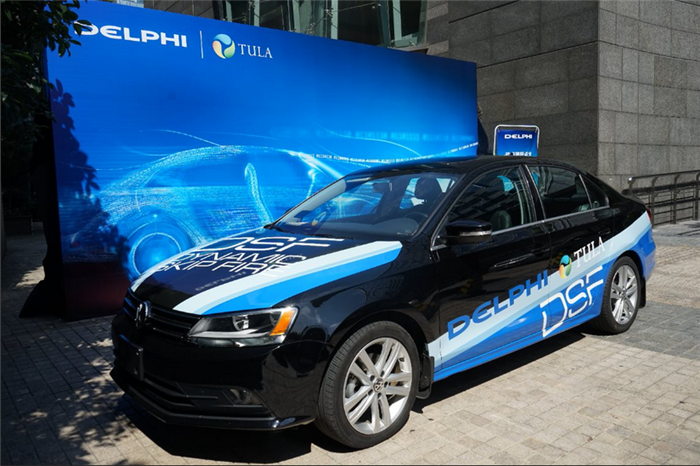
![]()
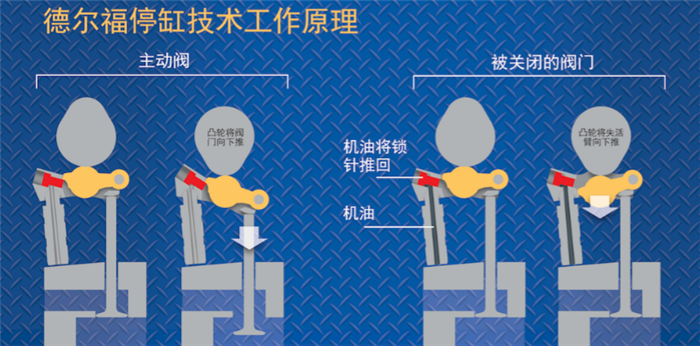
![]()

![]()

![]()
